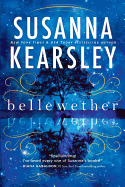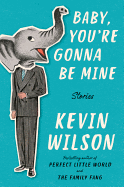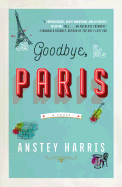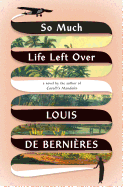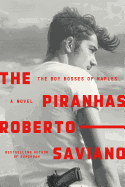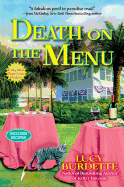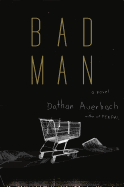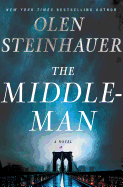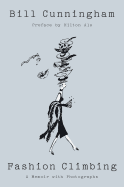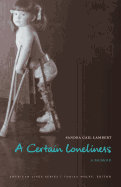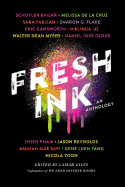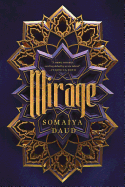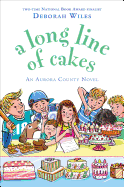_Jenny_Jimenez.jpg) |
| photo: Jenny Jimenez |
Nothing Good Can Come from This (MCD/FSG, $15) is a collection of autobiographical essays from Kristi Coulter, who offers her takes on drinking, sobriety, self-esteem, Laurie Colwin's novels (and Coulter's epiphanies about pursuing happiness), being a woman in a male work environment, crafting as a sobriety strategy and running (knowing how to "persevere resentfully"). Coulter's memoir belies its title: many good things can come from this.
About your experience as a woman at a tough company (Amazon), you say, "Booze is the oil in our motors, the thing that keeps us purring when we should be making other kinds of noise." What kinds of noise might women make?
When I got sober, I realized I couldn't do the job. I just couldn't do it. (It was in publishing. There's a lot of drinking in publishing.) When I stopped drinking and allowed myself to feel, my situation was a terrible match. It wasn't me, it was the job. I hear a lot of women say they are just working their way through a hard time, or through the Trump administration, or until their children are old enough to drive.
"And then I'll stop?"
Yeah, "and then I'll stop." But when you're drinking your way through, say, the Trump years, how much are you not seizing your personal power? I know a lot of women who say they have a hard time getting started, they feel helpless, they sit around watching The Handmaid's Tale. But I've felt my own personal mission, and it's kept me going. If I were still drinking, I wouldn't be doing anything, because I wouldn't be noticing. I'd be numbing. I think, when I hear that stuff, "What are you giving away?"
You're giving up your agency.
There's still so much good to life. When I hear women talk this way, I want to say "just live your life, you can't let them take away everything." There is a way our society has conspired to make women think that if they're drinking, they are mature and tough. Belly up to the bar and strip away your sorrows. But it's just not the case.
I had this macho idea that you work hard, you drink hard. Almost as if everyone in the world is a workaholic. I thought I had earned this. Then at some point in the evening, I'd have that first drink too many and the next morning I would feel regret. I lived that cycle for 10 years: work hard, drink a bottle of wine, wake up, get breakfast, rinse and repeat. I definitely didn't think I was giving up my personal power. I thought that if I stopped, I'd be crushed by the weight of everything. (And this was pre-Trump. My hat's off to anyone who is actually getting sober now.)
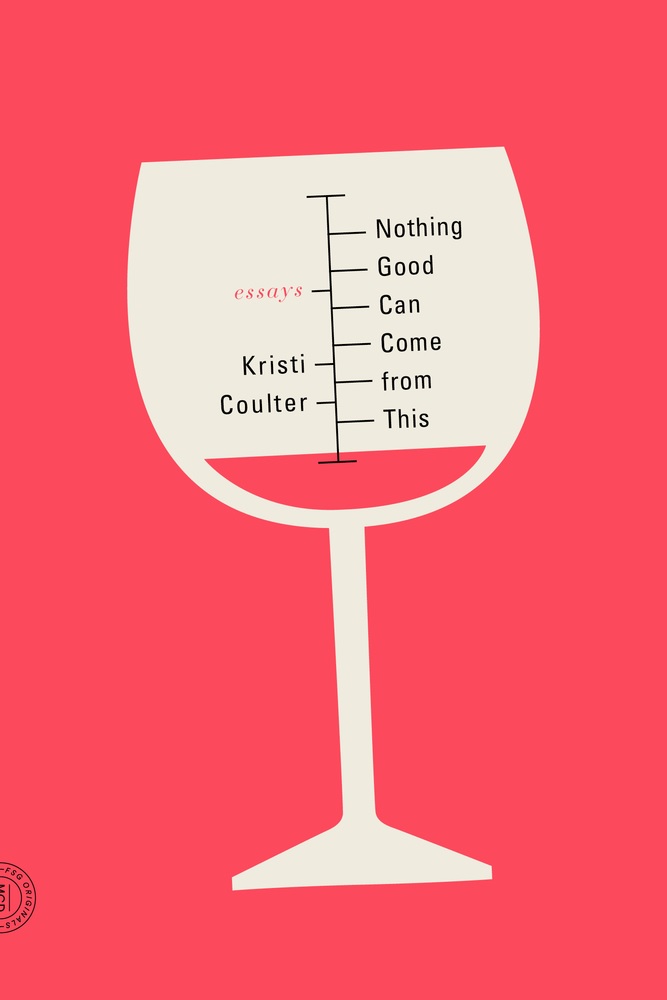 You stopped drinking by stopping. We're used to a more dramatic scenario. But you discovered the difference between killing the want and just saying no to it.
You stopped drinking by stopping. We're used to a more dramatic scenario. But you discovered the difference between killing the want and just saying no to it.
I thought if I could deal with my anxiety, if I could fix everything that's wrong with me, then I'd stop drinking. I tried reiki, yoga, therapy, hypnosis. I didn't hit the kind of bottom you hear about, and that's one of the reasons I wanted to write this book, because a lot of people don't have that, they don't end up in jail. I decided I was going to have to not do the one thing I wanted to do, which is hard in this culture. But nothing else worked, so I just tried it.
What I found was, one way to stop worrying about drinking is to stop drinking. Imagine that! A lot of what I thought I was medicating was actually caused by the drinking. I still have anxiety, I have issues with depression, but just taking alcohol out of my life has cut both the frequency and severity of my symptoms in half. And that started happening pretty quickly after I quit.
What does "being the only woman at the table" at work entail?
It entails constant otherness, constant code-switching so that hopefully you can be seen and heard. And that doesn't mean the environment is even a hostile one. You can be at a table with decent, thoughtful, progressive men and if you're the only woman, you're still Other. And they're Other to you, with the difference that you have spent your entire life adapting to their ways of doing things. I realized a few months after leaving corporate life that I unconsciously filter some of my thoughts through a male lens, because much of my success depended on whether male peers and leaders thought I was smart and effective. I'm a highly adaptable person and so over time I basically installed a corporate, alpha-male brain as an overlay to my own, and that allowed me to succeed in a company culture built largely by and for men. I'm curious to see what's under that overlay and how long it'll take me to rediscover it.
Your younger self confused pickled self-destruction with emancipation.
When I was writing the essay "Enjoli," what first went through my mind were the flappers and how they'd used smoking and drinking as marks of liberation. There's nothing new in women using substances to reject the notion that we're supposed to be the serious, well-behaved gender, the adults in the room. As a young woman I felt the same impulses to show that even though I was a National Merit Scholar who gorged on AP classes, I could still drink and smoke like Gillian Flynn's proverbial Cool Girl. And fundamentally it was all in the service of having cred with guys, wanting them to think "Oh, she's different from most girls." Because I'd gotten the cultural message all my life that being a typical girl was to be fatally flawed. Trivial, silly, weak. So I decided to be a Cool Girl instead. And I made a pretty good one. But I don't know that any of this got me closer to actual freedom or empowerment.
The book's epigraph is "Look me in the eye, and tell me that I'm satisfied." Are you?
No! Is anyone? I mean, I appreciate the life I have, except when I forget to and have to remind myself. But I still want things, long for things. I love the idea of being satisfied; it sounds relaxing, and more virtuous than the life I live now. But I'm not holding my breath for it. I think wanting makes us human, or at least it can't be separated from our humanity. --
Marilyn Dahl
Kristi Coulter: Making Noise
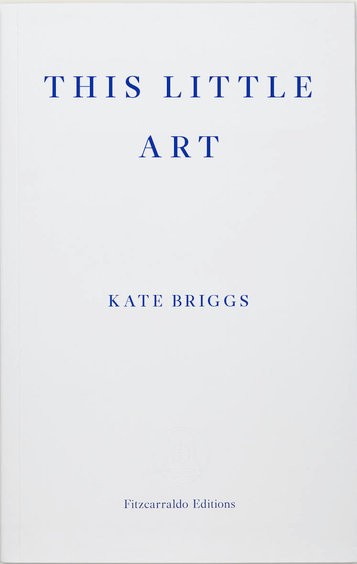 Lately I've been spoken by the language of several books, including This Little Art by Kate Briggs (Fitzcarraldo), a dazzling alchemical exploration of her world between words, in which she notes that "when it comes to writing and reading translations the question of what is wholly normal or truly plausible, of what was really said or written, gets suspended slightly."
Lately I've been spoken by the language of several books, including This Little Art by Kate Briggs (Fitzcarraldo), a dazzling alchemical exploration of her world between words, in which she notes that "when it comes to writing and reading translations the question of what is wholly normal or truly plausible, of what was really said or written, gets suspended slightly."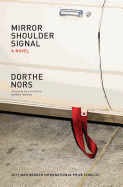 "Language is powerful, almost magic, and the smallest alteration can elevate a sentence or be its undoing," the narrator observes in Mirror, Shoulder, Signal by Dorthe Nors, translated by Misha Hoekstra (Graywolf). Sonja, a Danish translator of crime novels by a bestselling Swedish author, is learning to drive in middle age. Words are complicated in the best possible way.
"Language is powerful, almost magic, and the smallest alteration can elevate a sentence or be its undoing," the narrator observes in Mirror, Shoulder, Signal by Dorthe Nors, translated by Misha Hoekstra (Graywolf). Sonja, a Danish translator of crime novels by a bestselling Swedish author, is learning to drive in middle age. Words are complicated in the best possible way.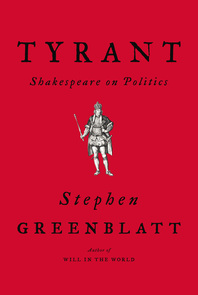 Then there's Stephen Greenblatt, whose not-so-thinly disguised, highly engaging polemic Tyrant: Shakespeare on Politics (Norton) reminds us that in the Bard's time, there was no freedom of expression, "on stage or anywhere else," so "people developed techniques for speaking in code, addressing at one or more removes what mattered most to them."
Then there's Stephen Greenblatt, whose not-so-thinly disguised, highly engaging polemic Tyrant: Shakespeare on Politics (Norton) reminds us that in the Bard's time, there was no freedom of expression, "on stage or anywhere else," so "people developed techniques for speaking in code, addressing at one or more removes what mattered most to them."


_Jenny_Jimenez.jpg)
 You stopped drinking by stopping. We're used to a more dramatic scenario. But you discovered the difference between killing the want and just saying no to it.
You stopped drinking by stopping. We're used to a more dramatic scenario. But you discovered the difference between killing the want and just saying no to it.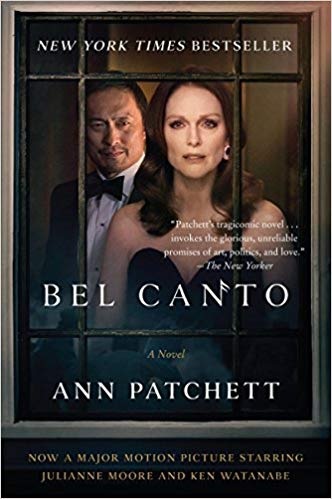 The film adaptation of Ann Patchett's Bel Canto opens September 14. Paul Weitz (who co-wrote the screenplay) directs a cast that includes Julianne Moore, Ken Watanabe, Sebastian Koch and Christopher Lambert. Moore stars as Roxane Coss, a famous American opera star invited to perform at the vice-presidential mansion in an unnamed South American country, at a party in honor of Japanese businessman Katsumi Hosokawa (Watanabe). Terrorists crash the party and take everyone hostage. Over the next month, an international group of guests must learn to cope with confinement, each other, and the people keeping them captive, all while trying to avoid what seems to be an inevitable tragedy.
The film adaptation of Ann Patchett's Bel Canto opens September 14. Paul Weitz (who co-wrote the screenplay) directs a cast that includes Julianne Moore, Ken Watanabe, Sebastian Koch and Christopher Lambert. Moore stars as Roxane Coss, a famous American opera star invited to perform at the vice-presidential mansion in an unnamed South American country, at a party in honor of Japanese businessman Katsumi Hosokawa (Watanabe). Terrorists crash the party and take everyone hostage. Over the next month, an international group of guests must learn to cope with confinement, each other, and the people keeping them captive, all while trying to avoid what seems to be an inevitable tragedy.